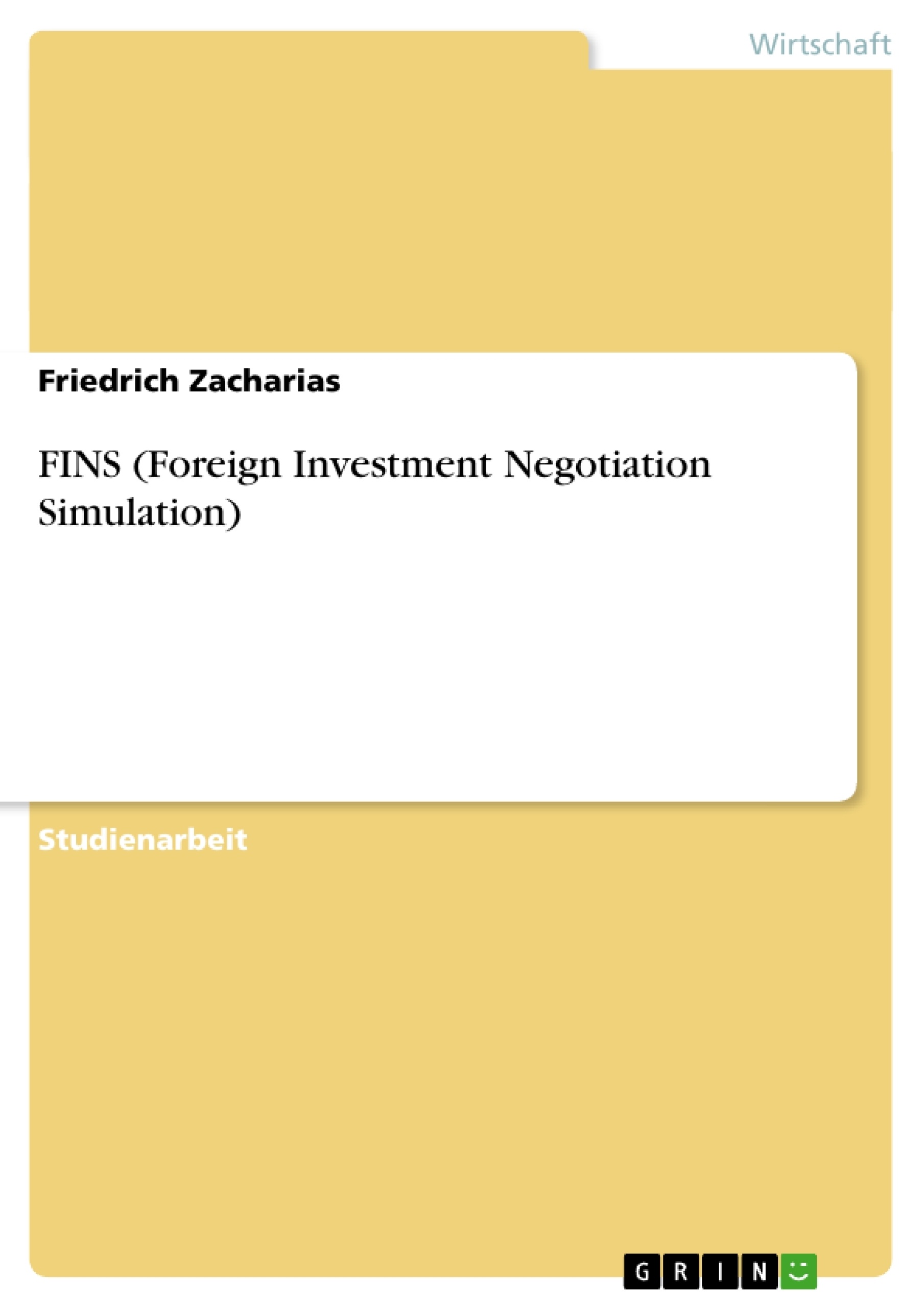Economic specialists often refer to today as “The Era of Globalization”. Many key indicators including exports and imports, Foreign Direct Investments (FDI) and the number of cross-border workers have grown rapidly during the last decades. This trend of Free Trade and Globalization is promoted by international institutions such as the World Trade Organization (WTO), the World Bank, and OECD which believe in the spread of market based economy to assure prosperity in the world. But above all, this period marks the supremacy of the Multinational Enterprises (MNEs). Their economies are comparable - in both range and importance - to those of small countries, and they offer thousands of jobs world wide. We, as members of SysBra S.A’s negotiation team, are aware of this phenomenon but believe that there is still a place for local firms in world economy and trade, and that we can share the fruits of the globalization. The key point to utilize is the sustainable comparative advantage. The attractiveness of our local market, determined by its size, market, education, costs etc., combined with our know-how gives us the opportunity to develop a strong partnership with a MNE which wants to invest in Brazil.
Inhaltsverzeichnis
- Introduction
- FINS
- Features
- Market
- Actors
- Product
- Strategy
- Overall strategy
- Specific Strategy
- Ownership and Business Purpose
- Markets
- Alternative Strategies
- Modifications of the strategy
- Negotiation History
- Finance
- Agreement with Tanaka
- Agreement with the Brazilian government
- Evaluation and Results
- Personal Comments
- General learning experience
- Negotiation learning experience
- Critics
- Conclusion and Ending Remarks
- The Group
- Relations with the other groups
Zielsetzung und Themenschwerpunkte
Das Ziel dieses Berichts ist die Analyse und Dokumentation der Verhandlungen für ein Joint Venture im Bereich der Mikroskop-Analyse in Brasilien. Der Bericht beleuchtet die strategischen Überlegungen, die Finanzierungsstrukturen und die Ergebnisse des Verhandlungsprozesses.
- Strategische Planung und Entscheidungsfindung für ein Joint Venture
- Analyse des Marktes für Mikroskop-Analyse in Brasilien
- Bewertung der verschiedenen Akteure im Verhandlungsprozess
- Strategien für die Zusammenarbeit mit multinationalen Unternehmen (MNEs)
- Herausforderungen und Chancen in der internationalen Geschäftswelt
Zusammenfassung der Kapitel
- Introduction: Der Bericht führt in das Thema der Globalisierung und der Bedeutung von multinationalen Unternehmen (MNEs) ein. Er stellt die Rolle von SysBra S.A. im Kontext der internationalen Geschäftswelt vor und erläutert die Bedeutung von nachhaltigen Wettbewerbsvorteilen.
- FINS: Dieses Kapitel beschreibt die Simulation des Investitionsprozesses im Rahmen des FINS-Projekts, das sich auf die Entwicklung einer Mikroskop-Analyse-Industrie in Brasilien konzentriert. Es werden die Besonderheiten, der Markt, die Akteure und das Produkt des FINS-Projekts näher beleuchtet.
- Strategy: Hier werden die strategischen Überlegungen von SysBra S.A. für die Zusammenarbeit mit einem MNE zur Entwicklung der Mikroskop-Analyse-Industrie in Brasilien vorgestellt. Der Bericht erläutert die Gesamtstrategie und die spezifischen Strategien, die auf die Marktanalyse und die Zusammenarbeit mit MNEs abgestimmt sind.
- Negotiation History: Dieser Abschnitt beschreibt den Verhandlungsprozess im Detail und die wichtigen Punkte, die bei den Verhandlungen berücksichtigt werden müssen.
- Finance: Das Kapitel beleuchtet die Finanzierungsstrukturen des Projekts und die Abkommen mit Tanaka und der brasilianischen Regierung.
Schlüsselwörter
Mikroskop-Analyse, Joint Venture, strategische Planung, multinationale Unternehmen, Brasilien, FINS-Projekt, nachhaltige Wettbewerbsvorteile, Verhandlungen, internationale Geschäftswelt, Globalisierung, MNEs, Finanzierungsstrukturen.
- Citation du texte
- Friedrich Zacharias (Auteur), 2004, FINS (Foreign Investment Negotiation Simulation), Munich, GRIN Verlag, https://www.grin.com/document/32104



